Isaac Asimov predicted microwaves
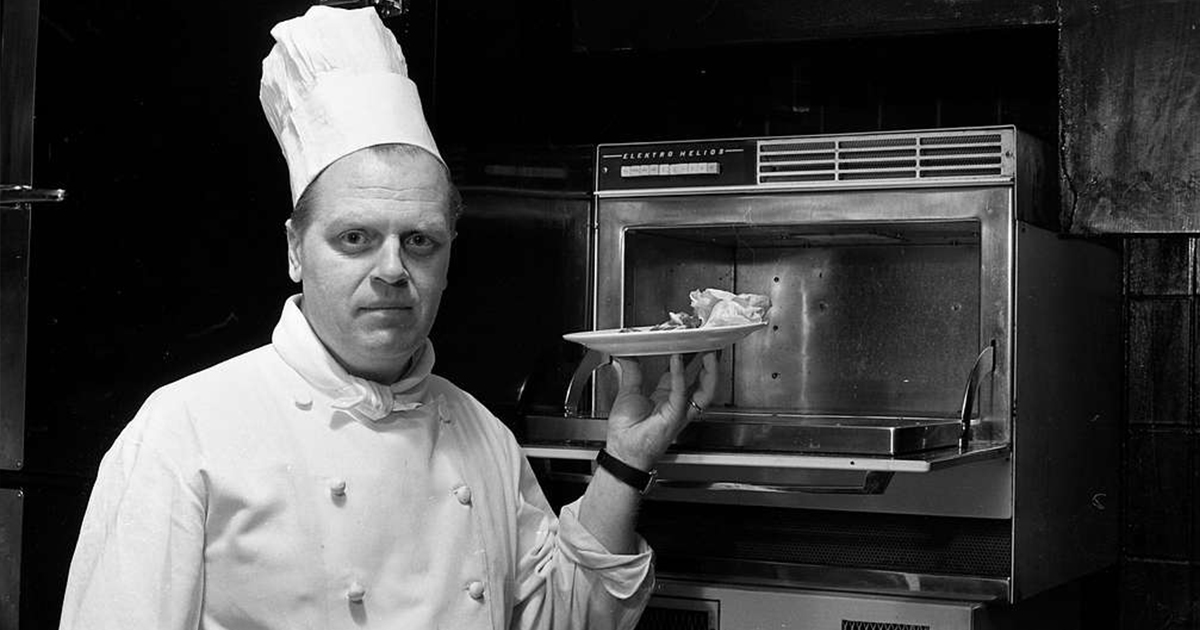
Sci-fi writer and biochemistry professor Isaac Asimov once wrote an article for the New York Times in 1964 about what the world would look like in 50 years. “Gadgetry will continue to relieve mankind of tedious jobs,” he said. A tad vague, sure, but then he went to claim people would cook “automeals” that’d be fit for consumption within seconds “with the food semi-prepared, stored in the freezer until ready for processing.” The first microwave ovens went on sale just three years later.
Tom Selleck predicted GPS
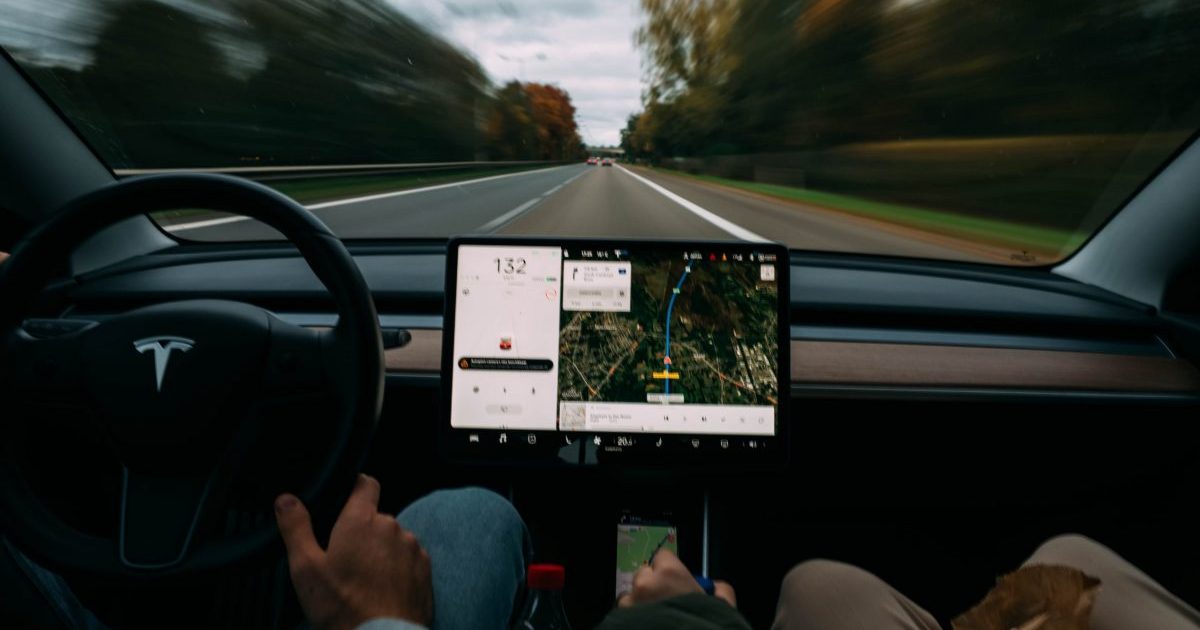
In 1993, Tom Selleck predicted several tech marvels in a series of AT&T advertisements. Seriously. That’s not a joke. Look it up. Using his silky Magnum P.I. voice, Selleck asks rhetorical questions regarding future desires, only to answer them: “You will.” One of the questions is “Have you ever crossed the country without stopping for directions?” showing a man driving with the aid of something scarily similar to GPS. Six years later, President Bill Clinton declassified GPS technology so that it could be used by everyone.
Alec Guinness predicted James Dean’s death
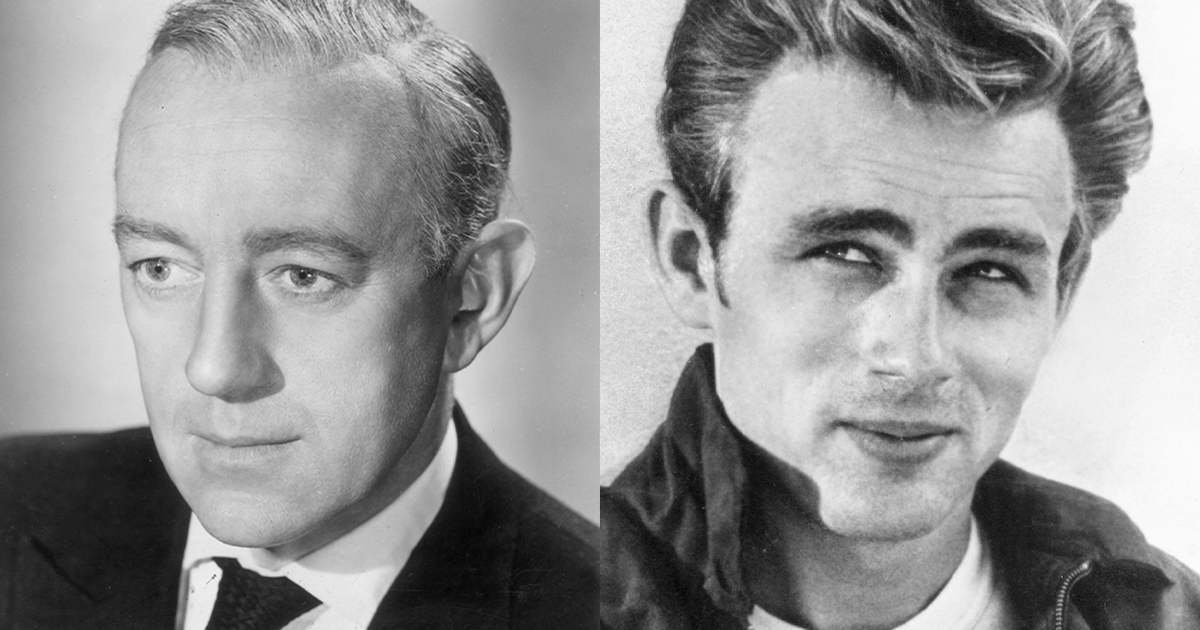
James Dean was just 23 when he died in a car crash back in 1955. The news sent shockwaves throughout Hollywood. But when it reached Alec Guinness, he couldn’t have been less surprised. He explained in a 1977 BBC interview that he had bumped into Dean at a restaurant. Dean at the time was showing off his new car. “Some strange thing came over me,” Guinness revealed. “I said, ‘Please do not get into that car, because if you do … by 10 o’clock at night next Thursday, you’ll be dead.'” That’s right, the exact date it happened.
HG Wells predicted nukes

The first actual nuclear bomb was dropped in August 1945 in Hiroshima, Japan. But in the literary world, atomic explosions were old news. In 1914’s The World Set Free, HG Wells’ wrote about the devastating effect of a nuclear fallout. “Perished museums, cathedrals, palaces, libraries, galleries of masterpieces and a vast accumulation of human achievement whose charred remains lie buried,” he wrote, “a legacy of curious material that only future generations may hope to examine.”
Brave New World predicted antidepressants

Novels tend to predate a lot of social innovation and Aldous Huxley’s Brave New World was no different. Released in 1932, this story shone a light on the power that classic conditioning and psychological manipulation has (or will have) over citizens. Set in 2540, at one stage the London government gives everyone a legal drug called Soma which “raised a quite impenetrable wall between the actual universe and their minds.” Simply put, they were stress-free. “Eyes shone, cheeks were flushed, the inner light of universal benevolence broke out on every face in happy, friendly smiles.” Antidepressants were eventually rolled out in the 1950s.
Mars has two moons in Gulliver’s Travels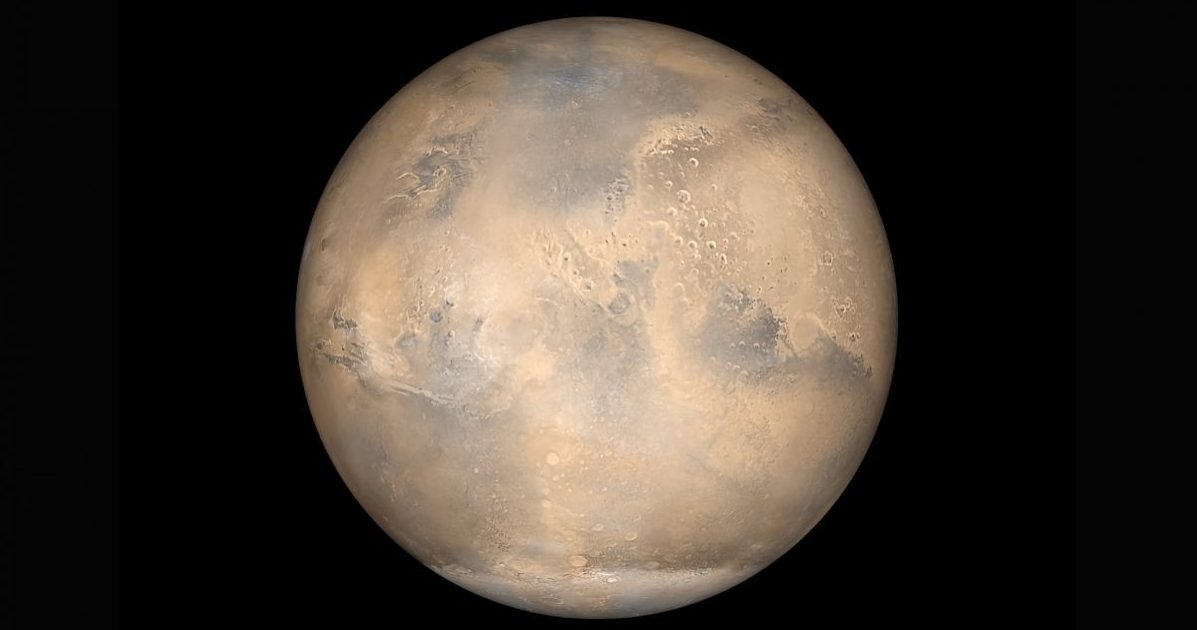

Was Jonathan Swift a Martian? Odd as it may sound off the bat, this is a theory with very long, believable legs if you mingle with the right crowd. Back in 1726, in his book Gulliver’s Travels, Swift wrote about “two lesser stars, or satellites, which revolve around Mars”. He went on to guess their exact size and rotation. No human being on Earth at that time had the means to even see the Red Planet let alone decide whether it had moons or not.
The Simpsons basically invented autocorrect

We all know by now how many predictions The Simpsons made. But did you know that they’ve made technological predictions, such as the tempestuous relationship between man and autocorrect? In a 1994 episode, Kearney jots a memo on Newton, Apple’s first attempt at a digital assistant, to “Beat up Martin” only for the device to translate his writing as “Eat up Martha.” Two decades later, Apple’s former director of engineering, Nitin Ganatra claimed this episode inspired the way things were run. “If you heard people talking and they used the words ‘Eat up Martha,’ it was basically a reference to the fact that we needed to nail the keyboard,” he said. “We needed to make sure the text input works on this thing. Otherwise, ‘Here comes the Eat up Marthas.'”
The Laugh-In predicted both the Reagan presidency and the year the Berlin Wall fell

TV comedy sketch shows are no strangers to a spot of political commentary here and there – a tradition that Dan Rowan and Dick Martin’s Laugh In didn’t stray away from to say the absolute least. In one such sketch called ‘News of the Future’, the two not only predicted that Ronald Reagan (who was the governor of California at the time) would become president but the precise year the Berlin Wall would fall. Rowan and Martin made these calls back in 1969, 20 years before communism crumbled.
Movie Critic Roger Ebert Predicted Streaming Services

When Roger Ebert sat down for an interview with Omni magazine in 1987, they tasked him with predicting the future of cinema. “We will have high-definition, wide-screen television sets and a push-button dialling system to order the movie you want at the time you want it,” he said. “You’ll not go to a video store but instead order a movie on demand and then pay for it. Videocassette tapes as we know them now will be obsolete both for showing prerecorded movies and for recording movies.”
A 90s high schooler predicted the Chicago Cubs winning the World Series in 2016
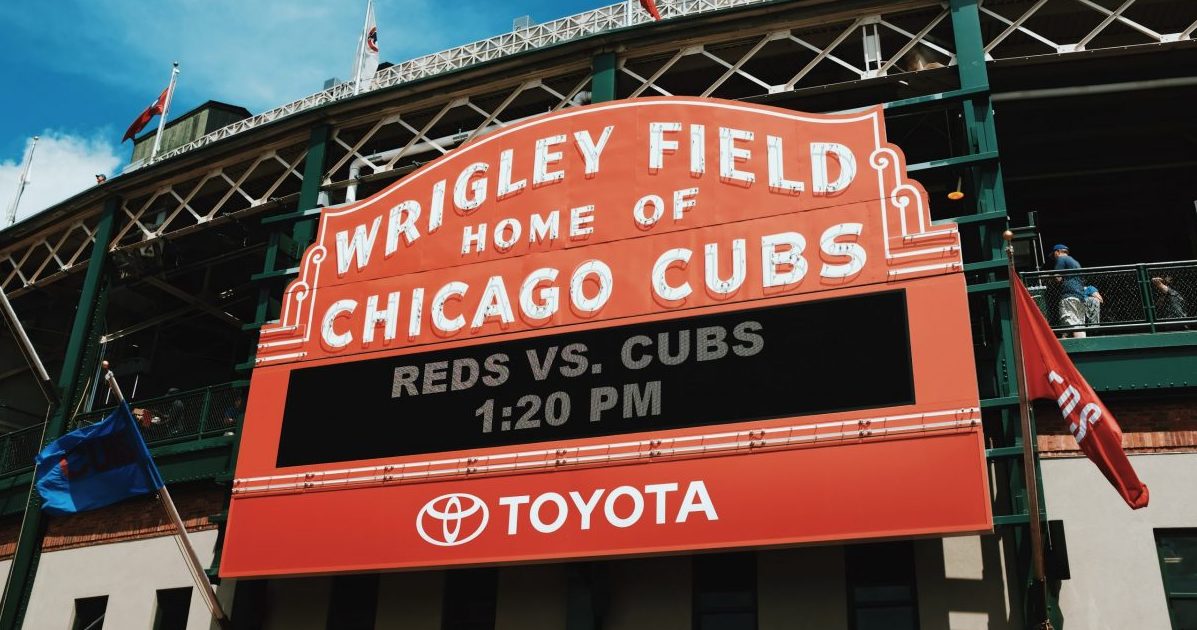
It took 107 years for the Chicago Cubs to finally win a World Series, baseball’s highest honour. It was a victory that shocked the pundits, the bookies, the Cubs’ fans themselves, you name it. It shocked everyone apart from one Californian high school student, Mike Lee, a Cubs fanatic, who back in 1993 wrote below his senior year photo: “Chicago Cubs. 2016. World Champions. You heard it here first.” Lee had to be reminded of his prediction by his friend who made the photo go viral after the Cubs claimed the title.
A 1967 short film predicted online shopping

1999 A.D., a “whimsical yet serious-minded look into the future,” was a short film released in 1967 more or less showing an insight into what a typical family environment may look like at the turn of the millennium. Naturally, like all these things, the set-up couldn’t look more like the Sixties but there are features that lay the groundwork for many future adventures. The most famous is probably the “fingertip shopping.”
Mark Twain predicted his own death with a comet
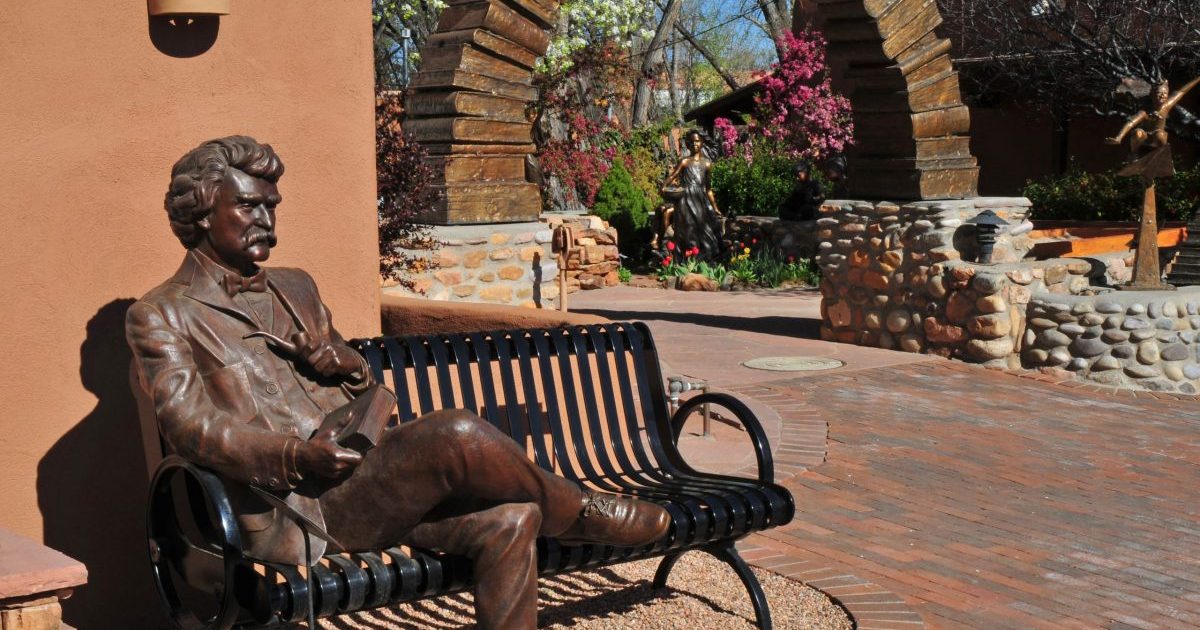
Two weeks after Halley’s Comet appeared in the skies in 1835, American author Mark Twain was born, and it remained a fascination throughout his entire life. As he told his biographer in 1909, “It is coming again next year, and I expect to go out with it. It will be the greatest disappointment of my life if I don’t go out with Halley’s comet.” While Twain was likely being whimsical, his vision came true: he died on April 21, 1910, one day after Halley’s comet returned.
A 17th century chemist predicted organ transplants

Chemist Robert Boyle deserves huge kudos for predicting organ transplants a whopping 300 years before they became reality. Back in 1660, Boyle created a “wish list” for the future, writing that one-day science would be able to cure all diseases “by transplantation.” While not every disease is cured today, organ transplants have saved countless lives since their introduction in 1954.
Bill Gates predicted smart homes

Clever clogs Bill Gates spent most of 1999 making predictions, most of which seemed pretty out there – apart from one. A “Constant video feeds of your house will become common, which will inform you when somebody visits while you are not home.” At the time, few probably believed this; now, millions of us have 24-hour house surveillance and the ability to change the temperature of our homes when thousands of miles away.
A novelist predicted the sinking of the Titanic 14 years before it happened
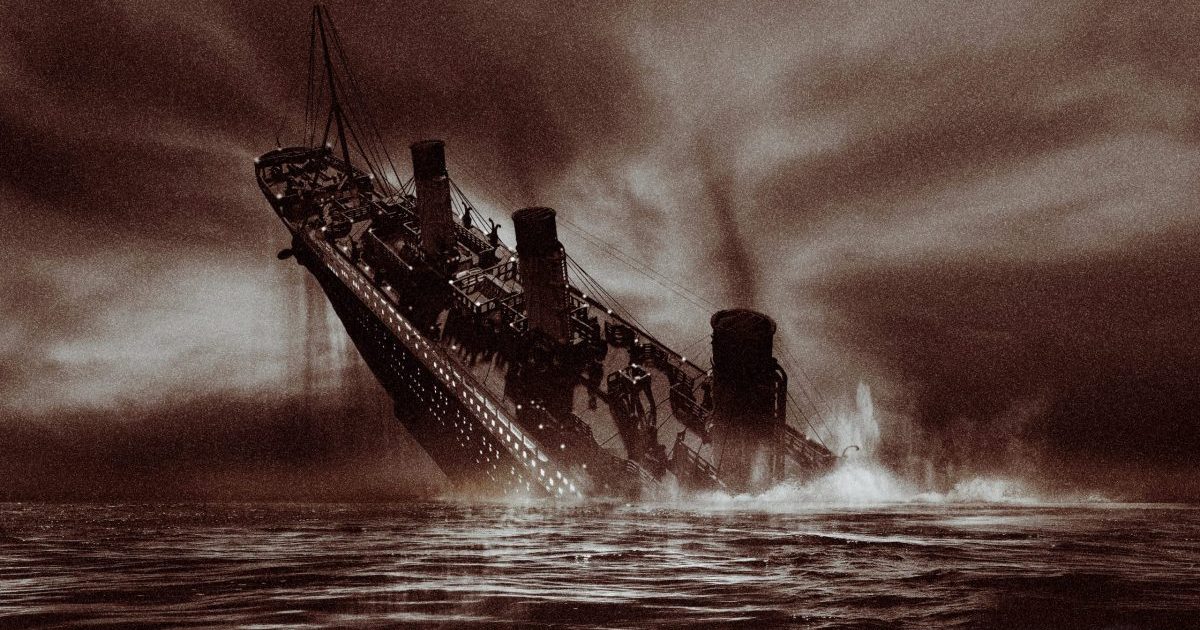
Back in 1898, novelist Morgan Robertson wrote Futility, Or The Wreck of the Titan in which an “unsinkable” boat goes to a watery grave after striking an iceberg. Fourteen years later, the similarly-named Titanic would hit an iceberg crossing the bitterly cold Atlantic en route to New York. The disaster (which later inspired the 1997 blockbuster film) ended up taking the lives of 1,517 people.
Digital cameras were predicted at the turn of the 20th century

In a 1900 entry in Ladies Home Journal, engineer John Elfreth Watkins hit the nail on the head about how photography would drastically change over the course of the century, writing: “Photographs will reproduce all of nature’s colours, from any distance. If there be a battle in China a hundred years hence, snapshots of its most striking events will be published in the newspapers an hour later.” He added that cameras will be “connected electrically with screens at opposite ends of circuits, thousands of miles at a span.”
Edward Bellamy predicted credit cards

Another entry, another science fiction writer up to their usual tricks predicting the future. This time it’s Edward Bellamy with his 1888 effort Looking Backward in which each character is given a physical card “with which he procures at the public storehouses, found in every community, whatever he desires whenever he desires it. This arrangement, you will see, totally obviates the necessity for business transactions of any sort between individuals and consumers.” This prediction is refreshing in the fact it sees itself as a force for good in the world. Perhaps the Bank of America agreed, as they introduced the first credit card in 1959.
Jules Verne predicted the moon landing
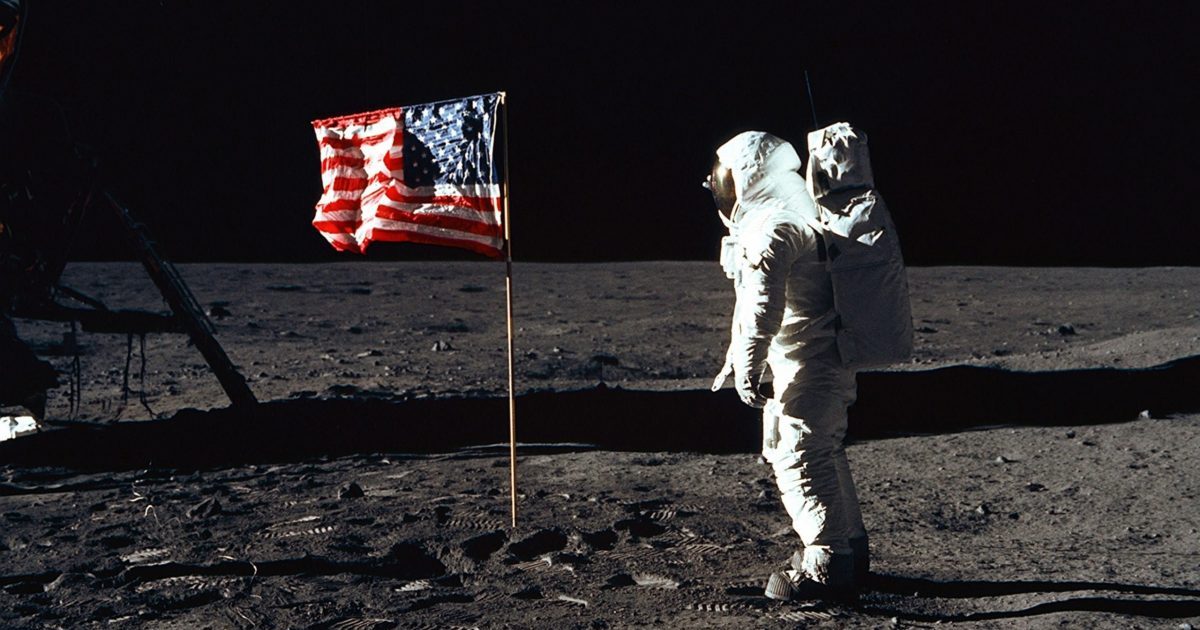
Plenty of science fiction writers penned stories of space travel to the moon, what it would entail, how it would work and so on. But perhaps none did so as early or as accurately as Jules Verne. In his 1865 novel From Earth to the Moon, a manned project is placed within a cannon which is then fired into space. He discusses the weightlessness that astronauts would experience, something a wordsmith in the 1800s would have no knowledge of. He also predicted there would be three astronauts on the first mission and that the launch site would be in Tampa, Florida. The 1969 Apollo 11 mission was launched in close-by Orlando, Florida.
Ray Bradbury predicted “little seashell” airpods

Most books and films set in the future don’t exactly highlight inventions we’d ever want to come true. Ray Bradbury’s 1953 novel Fahrenheit 541 features one invention that may have been unpopular at the time of release but is now wildly popular in the 2020s: the Airpod. Many of the characters in Bradbury’s classic are so addicted to entertainment they need to be constantly fed mass media with “little seashells” in their ears that rotate “an electronic ocean of sound, of music and talk and music and talk.”
2001: A Space Odyssey predicted iPads
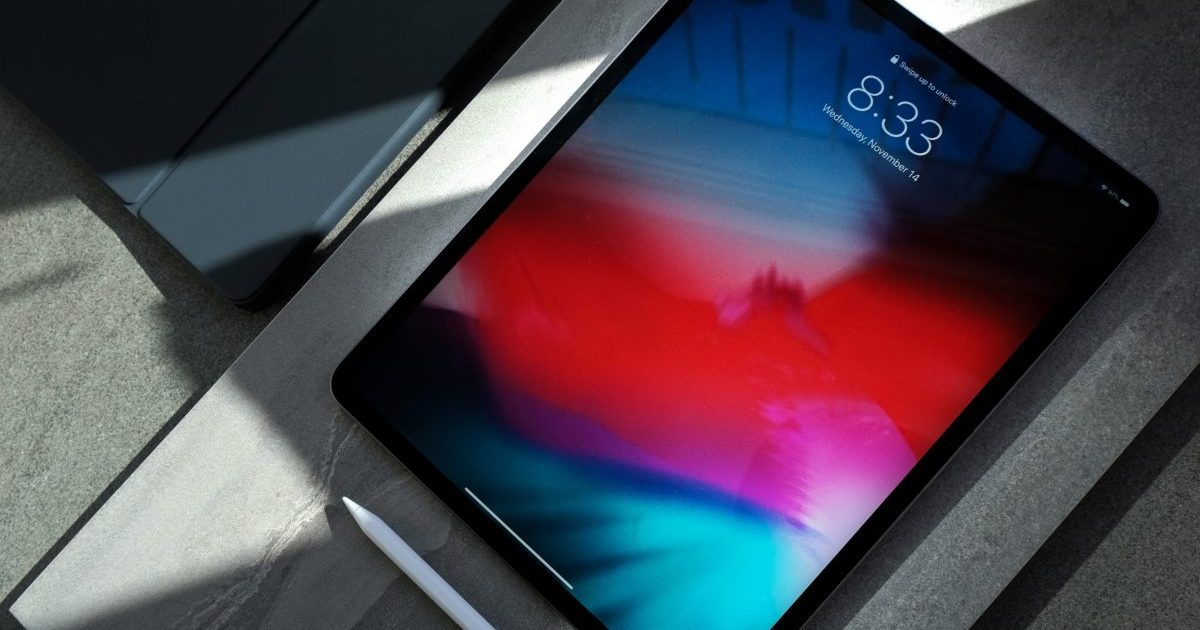
Anyone who has watched Stanley Kubrick’s groundbreaking 1968 film 2001: A Space Odyssey in recently years has probably paused the film at one section and done a double-take. Astronauts in the film were shown using tablets that were the spit of the iPad. The name was even close, too: ‘newspads.’ This device could be plugged “into the ship’s information circuit (to) scan the latest reports from Earth. The postage-stamp-size rectangle would expand until it neatly filled the screen. When (an astronaut) had finished, he would flash back to the complete page and select a new subject for detailed examination,” as per Arthur C. Clarke’s description in the novel, released the same year as the film.
Novelist John Brunner predicted President “Obomi”

Stand on Zanzibar, a critically acclaimed 1969 science fiction novel written by John Brunner, featured a future African-American president called President Obomi. This was a mere two letters off the actual name of the first African-American president Barack Obama. Not only is the name impressive but the timeline was too, as the novel set in 2010, when Obama was in his first term in office. Brunner also predicted terror threats and legalised marijuana in his award-winning book.
A 19th century composer predicted blogging

Vladimir Odoevsky was a philosopher, composer and apparent prophet. In his 1835 novel Year 4338, Odoevsky wrote that houses would be “connected by means of magnetic telegraphs that allow people who live far from each other to communicate.” Furthermore, that these houses would publish a daily journal, providing information “about the hosts’ good or bad health, family news, different thoughts and comments, small inventions, invitations to receptions,” for the world to see. Sure sounds like blogging, doesn’t it!
Nikola Tesla predicted mobile phones

Back in 1909, the humble home telephone was still a fairly new kid on the block, so it took some serious gonads to put yourself out there and say that one day people would be walking around with phones in their pockets, which is exactly what pioneering engineer Nikola Tesla did. “It will soon be possible to transmit wireless messages all over the world so simply that any individual can carry and operate his own apparatus,” he wrote in the New York Times.
A 60s science fiction novel predicted screensavers

Screensavers were so newfangled and entertaining back in the 1990s, people (mostly children) would wait for the computer to dose off so they could see a mesh of multicoloured pipes weaving in and around each other. While Robert A. Heinlein’s novel Stranger in a Strange Land may not have had the pipes, it did feature something resembling a screensaver. Released in 1961, this sci-fi classic concerns aliens trying to fit in with everyday human society. Whenever a computer, or “stereovision tank” is left unattended, it becomes “disguised as an aquarium” with animated “guppies and tetras.”
The actor behind Darth Vader predicted being Luke Skywalker’s father
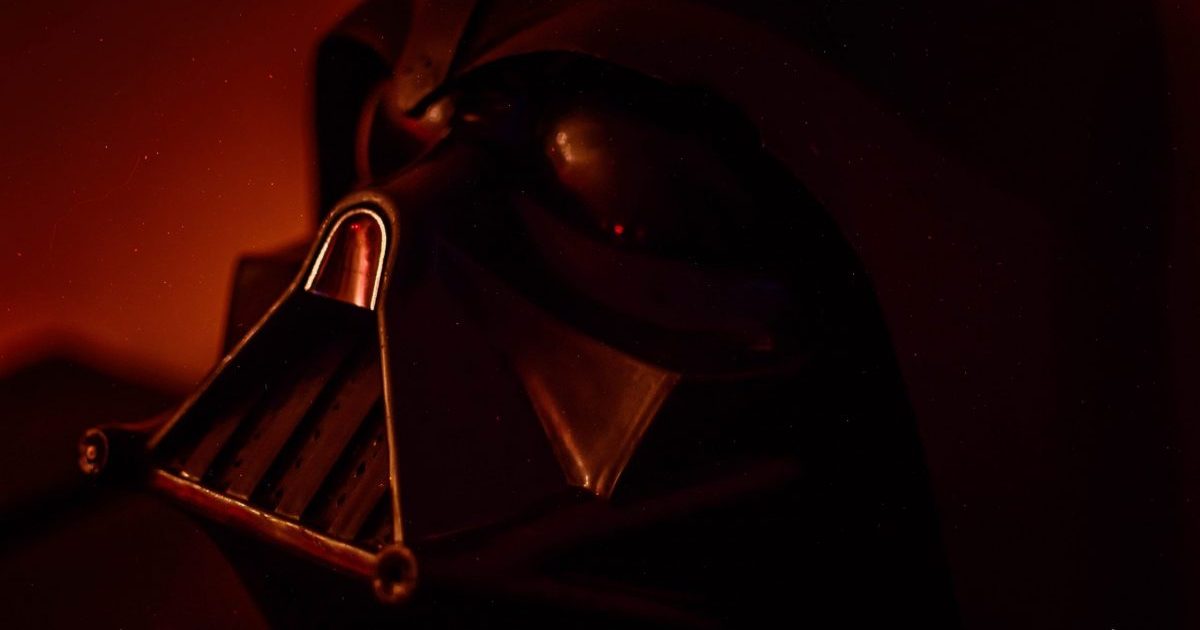
This one’s a bit silly but as legitimate a prediction as any other. David Prowse, the man behind the Darth Vader costume, was refreshingly honest when asked about a sequel to A New Hope at a Berkeley, California appearance in 1978, saying that we’d learn Vader was actually Luke Skywalker’s father. You might think he’d simply read the script for The Empire Strikes Back, but the early drafts of the sequel’s script didn’t mention anything about Vader and Luke’s connection. Prowse himself didn’t know until the film was released, as the famous line “I am your father” was recorded by Vader voice actor James Earl Jones.
A French general predicted World War II just as WW1 ended

When World War I came to an end, General Ferdinand Foch of France wasn’t having a word of it. We have Winston Churchill to thank for this. It was he who revealed Foch’s reaction to the Peace Treaty of Versailles in 1919, remarking to Churchill, “This is not peace. It is an armistice for 20 years.” World War II would officially begin 20 years and 68 days later, though Foch wasn’t able to gloat and say, “Told you!” having died on March 20, 1929.
Nostradamus predicted the Great Fire of London
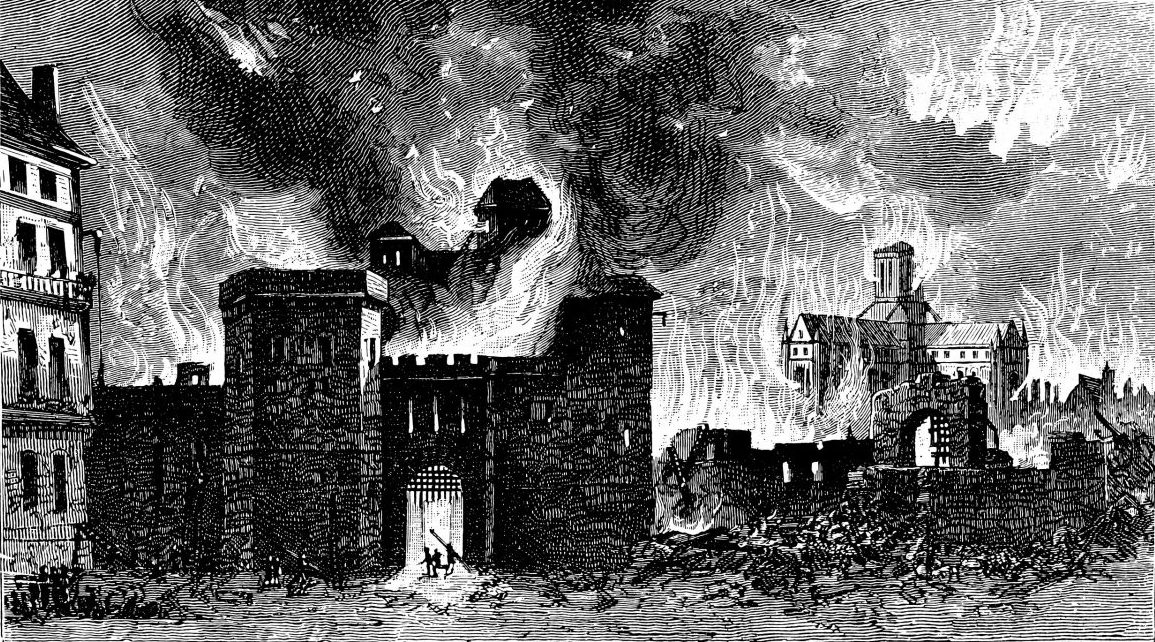
“The blood of the just will commit a fault at London,” Nostradamus said in one of his many renowned prophecies. “Burnt through lightning of twenty threes the six. The ancient lady will fall from her high place. Several of the same sect will be killed.” As this illustrates, Nostradamus’ predictions tend to be very vague and open to interpretation. In this case, the “ancient lady” and “lightning” have no real link to the Great Fire. But “twenty threes the six”? That can interpreted as 20 x 3 + 6 = 66, which is linked to 1666, the year the infamous blaze tore through the British capital.
A BP-branded board game predicted the BP oil spill

Believe it or not, BP released a board game in the 1970s called BP Offshore Oil Strike in which people played as oil tycoons, fighting to get the most product to their selected countries. There were hazard cards they had to skirt around, such as: “Blow-out! Rig damaged. Oil slick clean-up costs. Pay $1 million.” In April 2010, a BP oil rig explosion killed 11 people and leaked 3.19 million barrels of oil into the Gulf of Mexico. It ended up costing the company a staggering $61.6 billion.
Colin Kaepernick predicted his own career in the fourth grade

In the fourth Grade, a young Colin Kaepernick wrote a letter to himself, correctly predicting (or manifesting as is common today) his precise future. He guessed he’d be somewhere between 6′ and 6’4″, and that he would play professional American football for the San Francisco 49ers, “even if they aren’t good in seven years.” In 2011, Kaepernick – who, in adulthood, is indeed 6’4″ – was drafted to the 49ers as a starting quarterback.
Family Guy predicted Caitlyn Jenner’s transition

In Family Guy’s season seven episode We Love You, Conrad – aired in 2009 – Brian and Stewie see Brody Jenner on the set of The Hills. Stewie says he cannot believe Brody came out of Bruce Jenner’s body. When Brian corrects Stewie on Bruce’s gender, Stewie claims that Bruce Jenner is an “elegant, beautiful Dutch woman.” In 2015, Bruce announced they were transitioning into a female and would go by Caitlyn Jenner from that point onwards.
Mark Twain predicted the internet
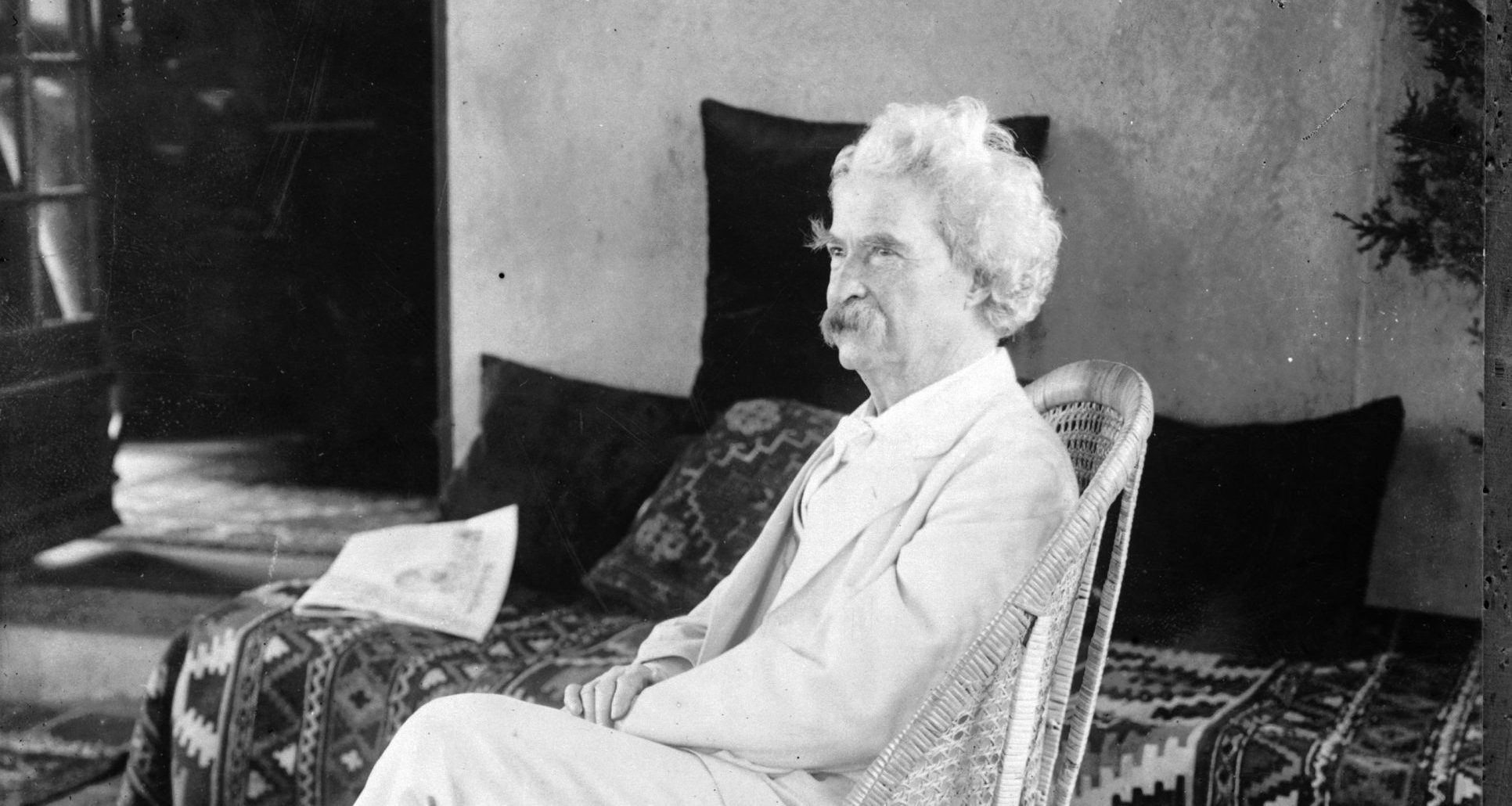
Mark Twain predicted more than his own demise. In his 1898 short story From The London Times, the author described a technology called the “telelectroscope,” which used the infrastructure of the phone system to allow information to be transmitted almost instantaneously around the globe. It would take almost a hundred years for Tim Berners-Lee to invent the World Wide Web, making Twain’s vision a reality.
Alexander Graham Bell predicted the Greenhouse Effect
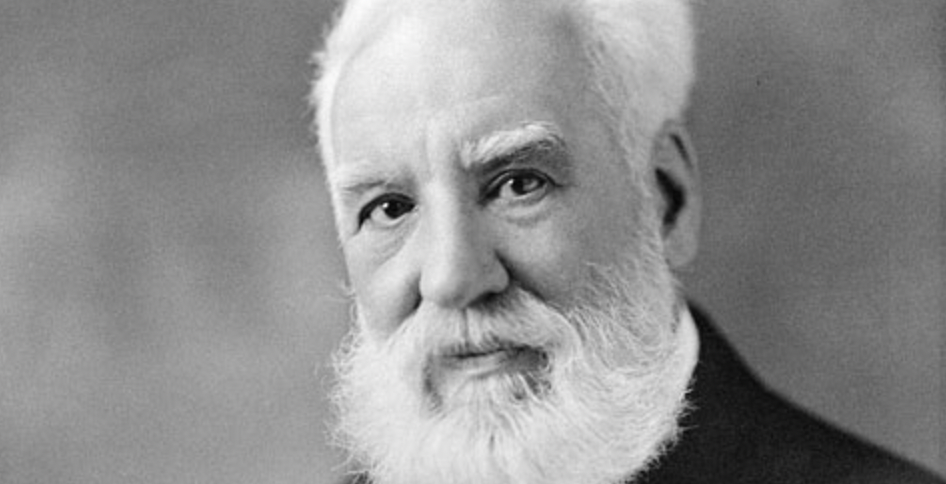
Although he is most famous for inventing the telephone, Alexander Graham Bell also made a startlingly prescient prediction about the Greenhouse Effect, the mechanism which drives global warming. Writing in 1917, Graham Bell that unrestrained combustion of fossil fuels would lead to “a sort of greenhouse effect” that would, in turn, cause the Earth to become “a sort of hot house.” He also mused on what will happen when the supply of fossil fuels dries up, and suggested that alcohol could be used as a fuel source.
Octavia Butler predicted Donald Trump’s presidency
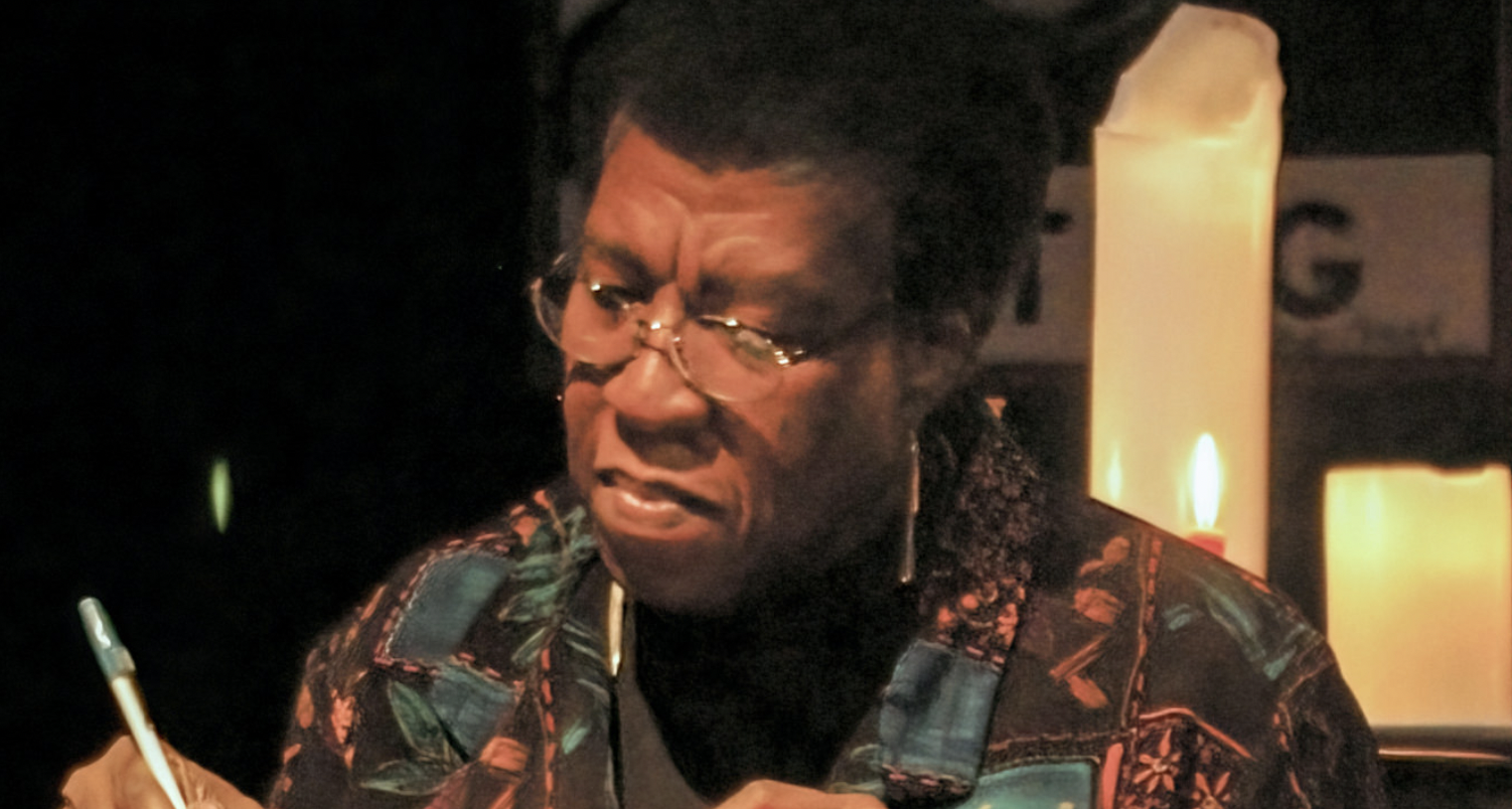
In 1998, Octavia Butler penned Parable of the Talents, a dystopian novel about a bigoted presidential candidate. After Trump unexpectedly swept to victory in the 2016 presidential election, many were quick to draw parallels between fact and fiction. Most compellingly, Andrew Steele Jarret, Butler’s fictitious presidential candidate, campaigned under the slogan “make America great again,” which became the rallying cry of the Trump movement.
Robert Heinlein wrote about waterbeds before they were invented

American sci-fi novelist Robert Heinlein has been credited with predicting both the Cold War and the nuclear arms race. However, he almost made a far more innocuous prediction that came true: water beds. In Heinlein’s 1961 novel Stranger in a Strange Land, the author wrote about a ‘hydraulic bed,’ which he described as a mattress filled with fluid. Less than ten years later, a patent was secured for the first water bed, possibly inspired by Heinlein’s detailed description.
Video calls were predicted at the 1900 World Fair
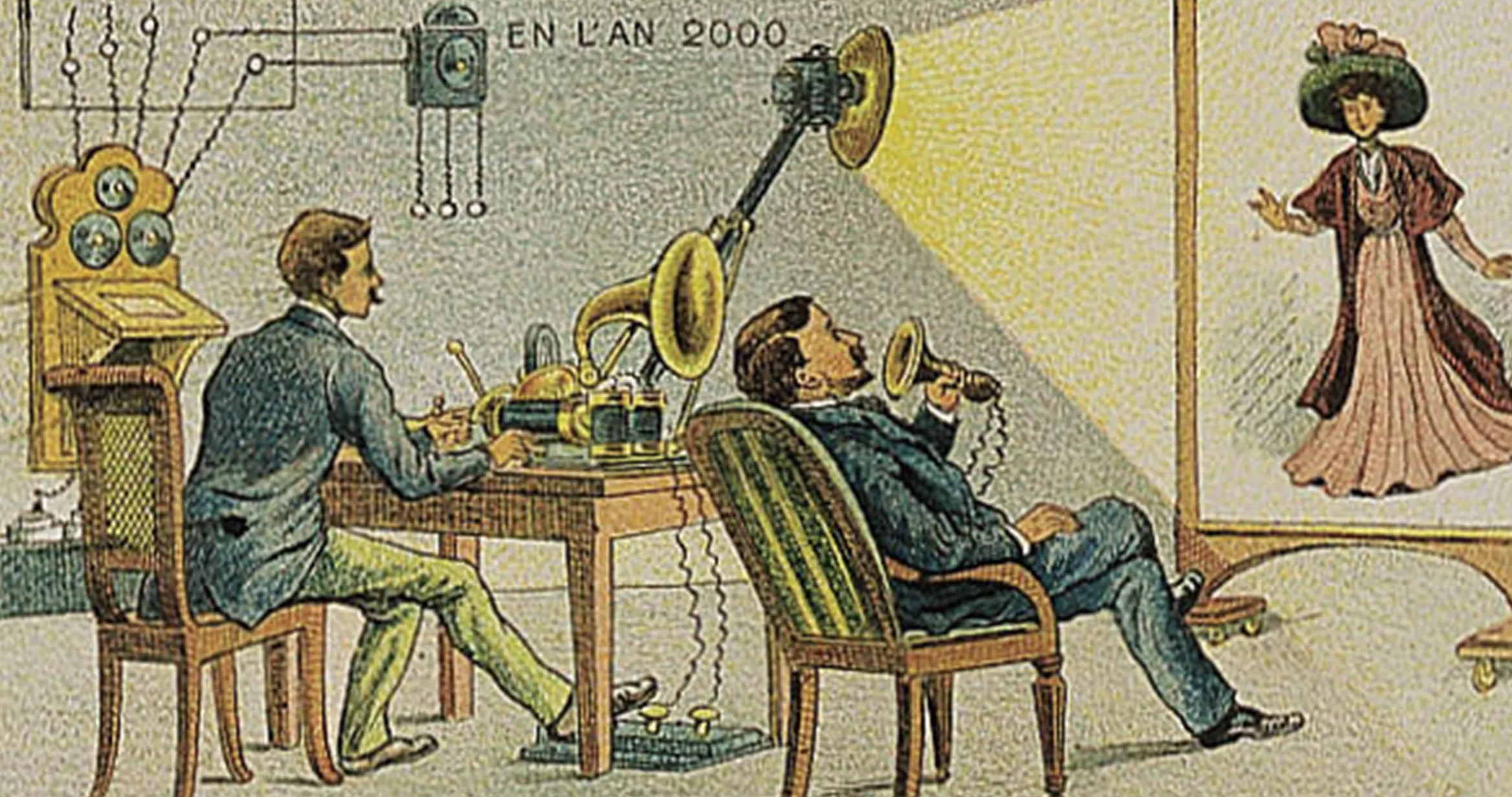
A lot of predictions made at the 1900 World Fair, and most of them were absolutely ludicrous. Amongst the more colourful were predictions that we would domesticate whales for transport purposes, and firefighters would be equipped with mechanical wings. However, a few forecasts turned out to be quite prescient, including that one day there would be a technology that would allow two or more people to communicate via a telephone-like device whilst also seeing a live image of one another.
Neal Stephenson predicted the Metaverse

If Facebook’s VR Metaverse feels a little bit sinister to you, that might be because it’s seemingly been lifted straight from the pages of a 1992 dystopian novel. Neal Stephenson’s Snow Crash is set in a society where daily life has become so unpleasant that the majority of people prefer to spend their time in a virtual world called – you guessed it – the Metaverse. Unsurprisingly, this fact has done little to quell suspicions that Mark Zuckerberg is trying to usher in a terrifying, Matrix-like reality.
Star Wars predicted holograms

One of the coolest pieces of technology in the Star Wars universe is the holograms that can be used either for communication or to display a three dimensional model of a physical object. The original Star Wars opened in 1977, and while holograms had already existed since 1960, it’s only since Star Wars that holograms have achieved ubiquity. The entertainment industry has been particularly quick to embrace them, using holograms to ‘resurrect’ deceased artists for concerts.
The Jetsons were wearing smartwatches in the 60s
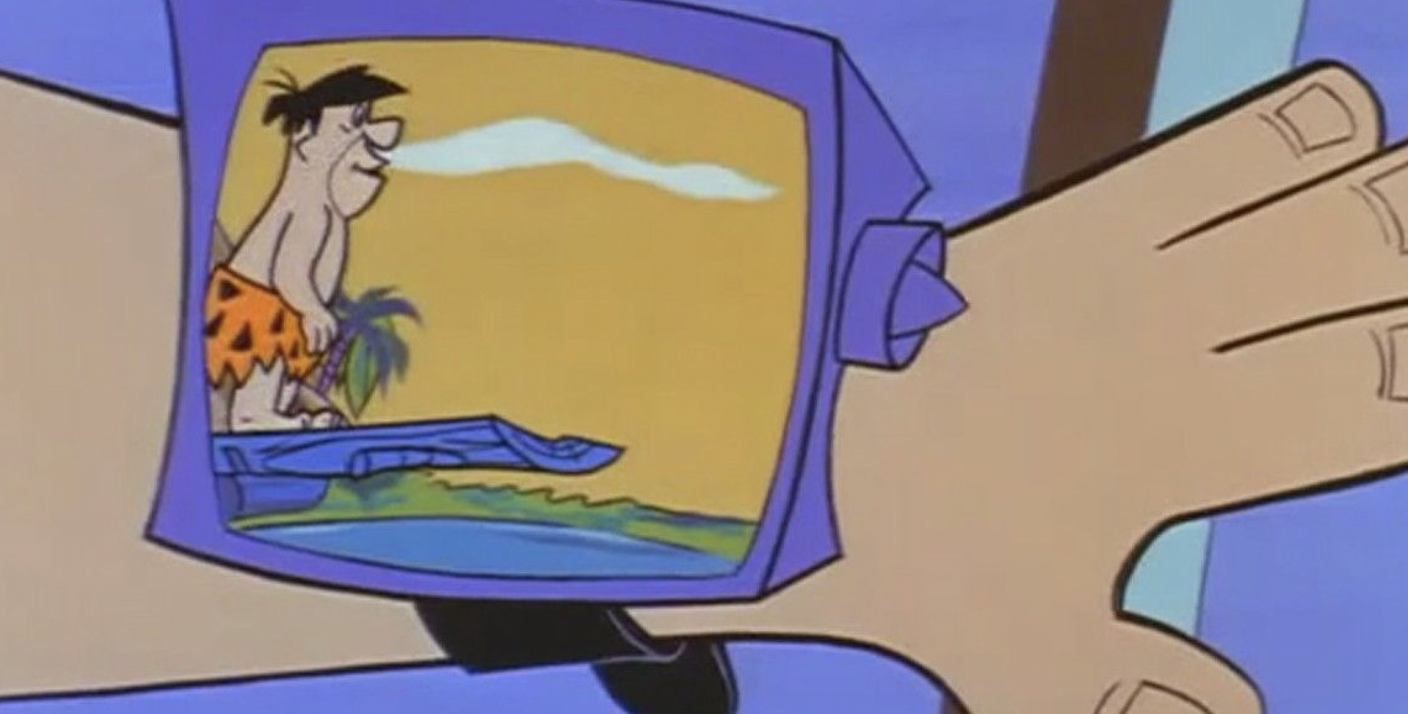
Given that 1960s animated sitcom The Jetsons was set in a distant hi-tech future, it’s not all that surprising that it made a few on-the-money predictions. Arguably the most prescient forecast was the smart watches that the characters wore, which were capable of communication and high-quality video streaming. In April 2015, Apple released its first Apple Watch, which, whilst certainly not the first smartwatch, made the devices as commonplace as they were in The Jetsons.
Isaac Asimov predicted autonomous vehicles
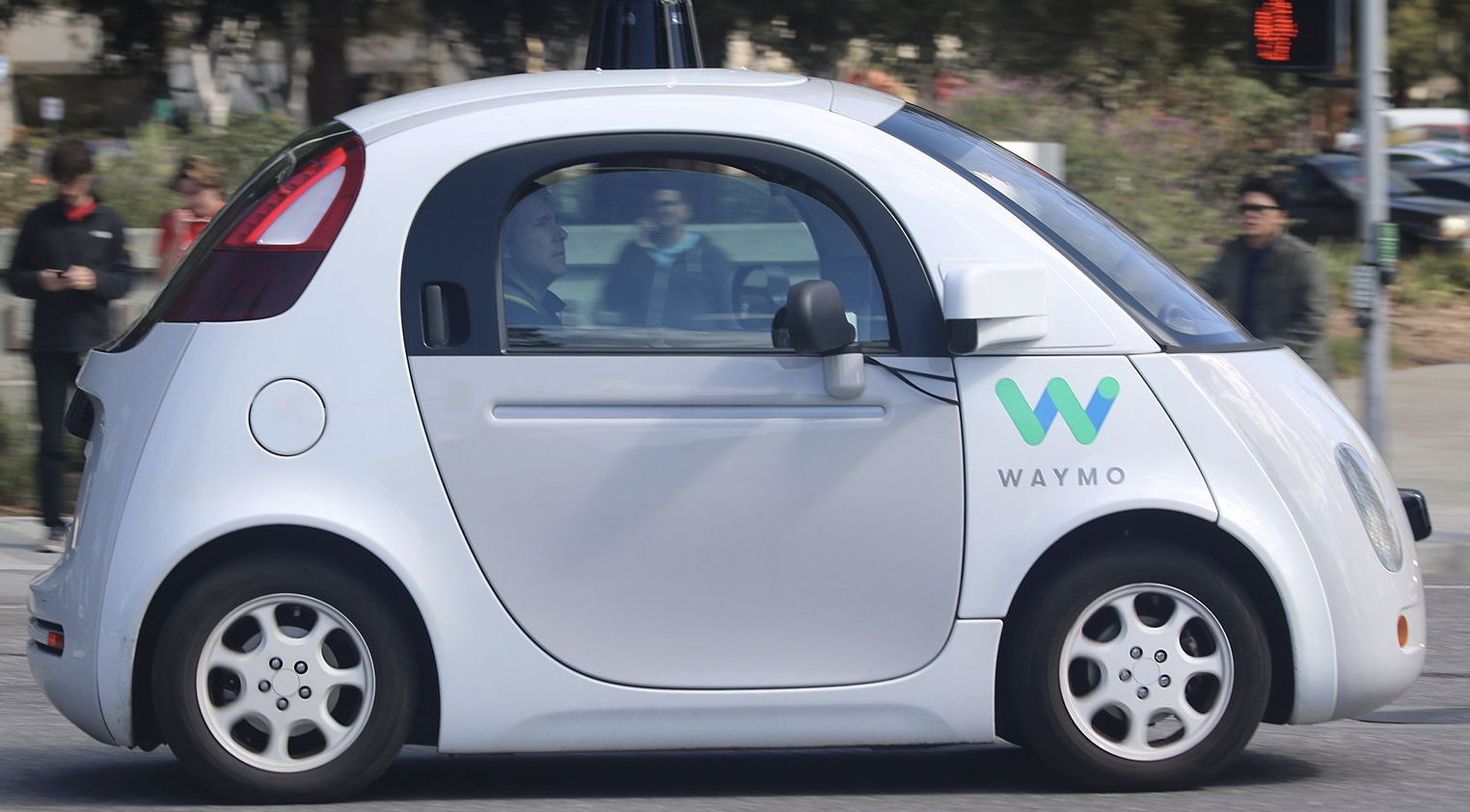
Sci-fi writer Isaac Asimov seems to have had a genuine knack for predicting future technology. After attending the World Fair in 1964, the author predicted that one day people would travel in “cars with robot brains” that could navigate “without interference by the slow reflexes of a human driver.” Over half a century later, companies like Uber, Google, and Tesla are racing to perfect fully autonomous vehicles, with self-driving taxis recently becoming available in Las Vegas.
James Cameron predicted drones in The Terminator
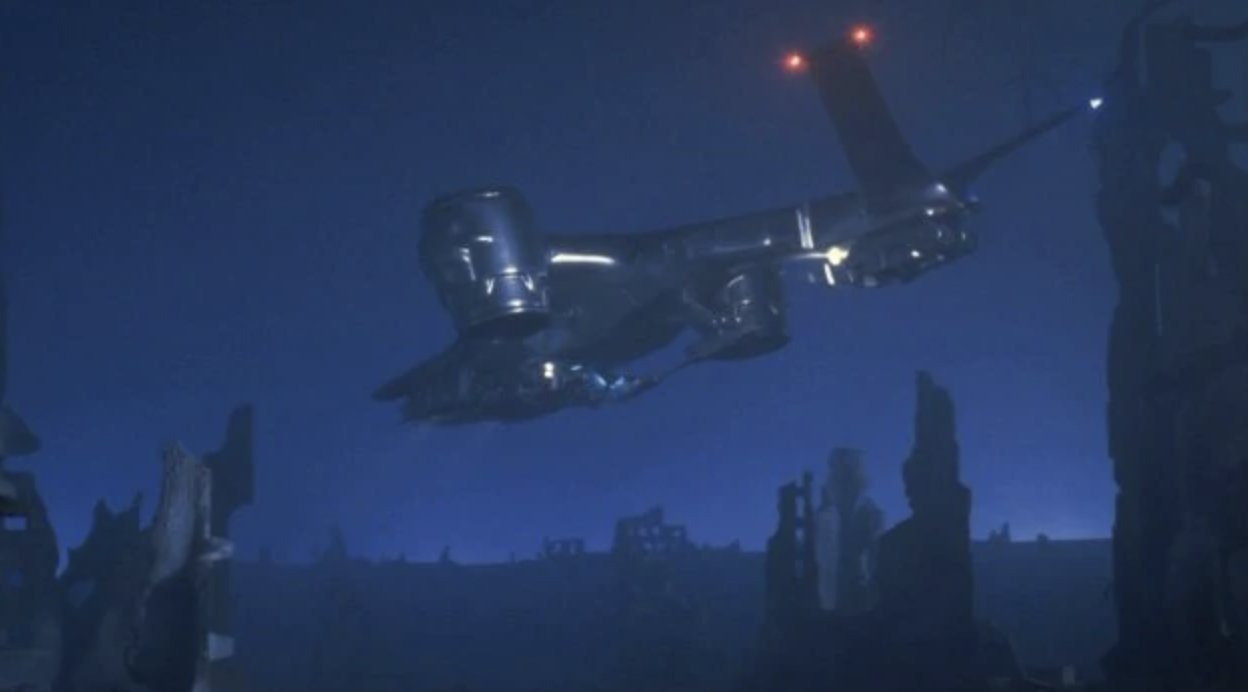
Whilst nigh-invincible robot assassins fortunately remain the stuff of science fiction, another technology from James Cameron’s classic sci-fi thriller The Terminator has very much become a reality. In the 1984 film, Skynet makes use of hordes of fully automated killer drones, capable of raining down death from the skies. In the decades since the movie was released, drones have revolutionised warfare, with militaries around the world using them to devastating effect.
John Watkins predicted Americans would get taller
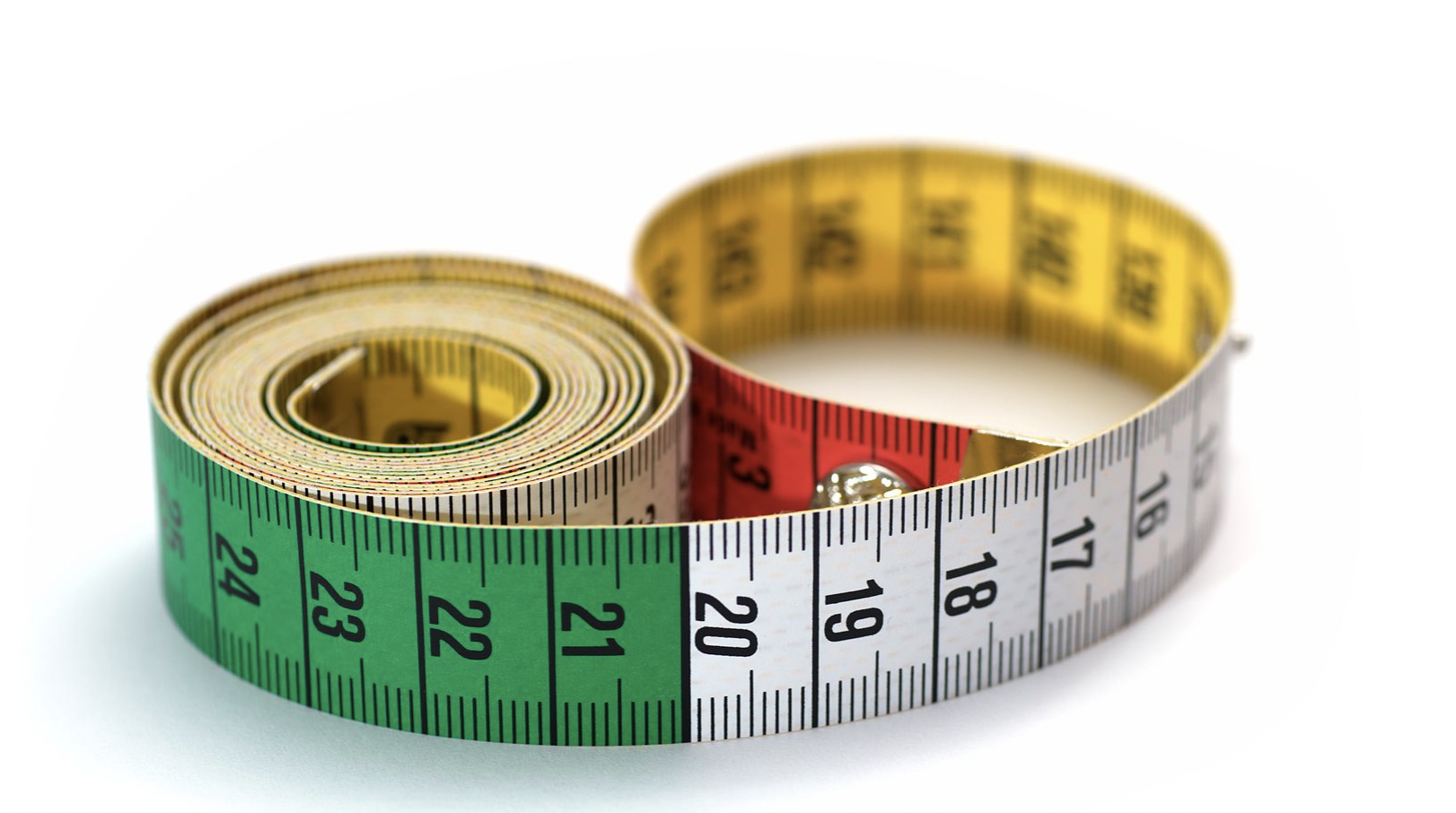
In the year 1900, American civil engineer John Watkins wrote an article in Ladies Home Journal that contained a list of predictions for the next 100 years. Some of his prophesies were a bit off the mark – for example that C, X, and Q would be dropped from the English alphabet – but some of them were startlingly accurate. One of his most unintuitive predictions was that, over the next century, the height of the average American would increase by around two inches. At the time the idea was deemed ludicrous, but Watkins ended up being proved right.
Back to the Future 2 predicted biometric security
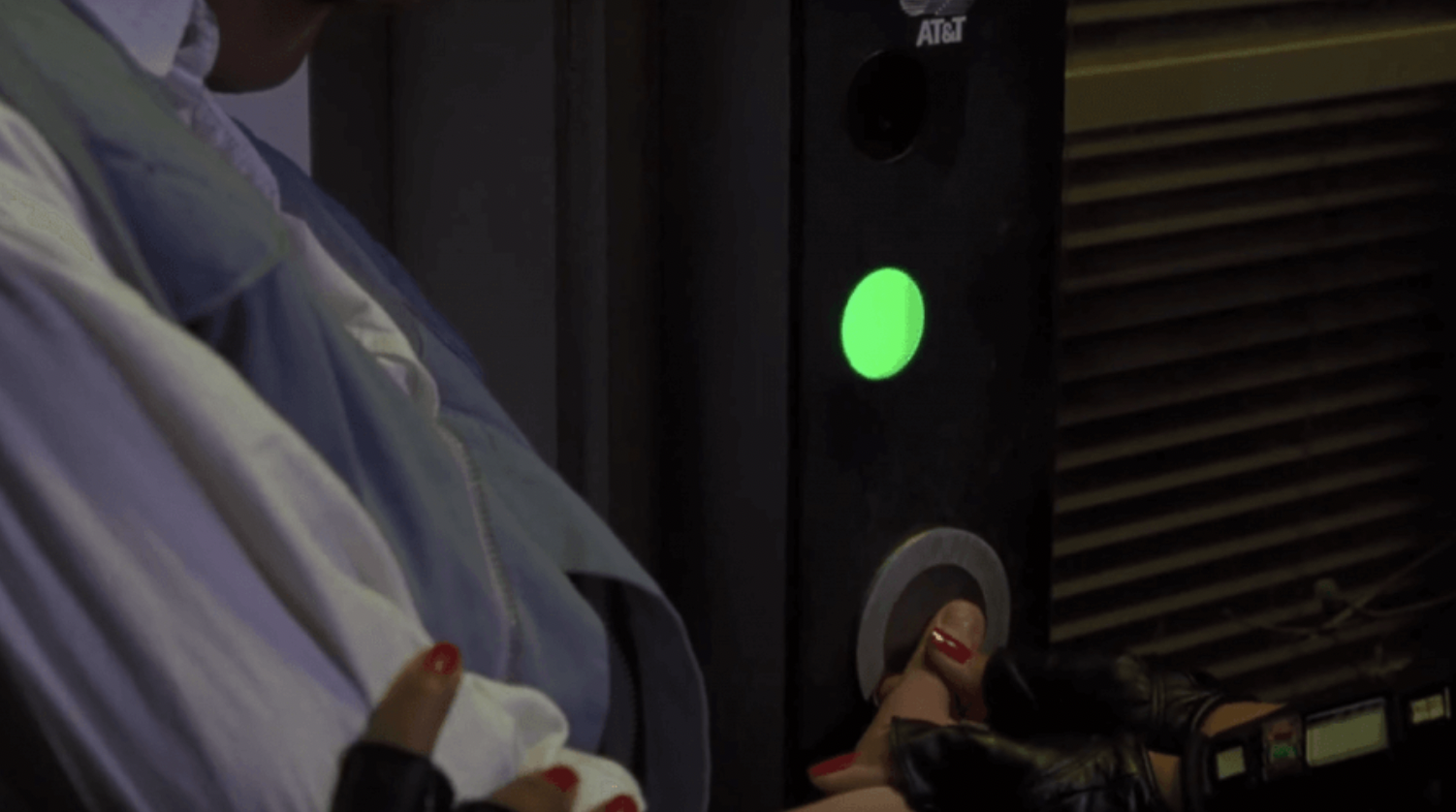
Sadly, Back to the Future’s time-travelling/flying DeLorean has yet to become a reality, but one technology from the film’s sequel certainly has. In one of the film’s scenes, Jennifer uses her thumbprint to unlock the door to her house. Since the movie’s release, biometric security devices including fingerprint and face scanners have become commonplace, and appear set to replace more traditional security measures.
Jurassic Park predicted cloning of prehistoric animals
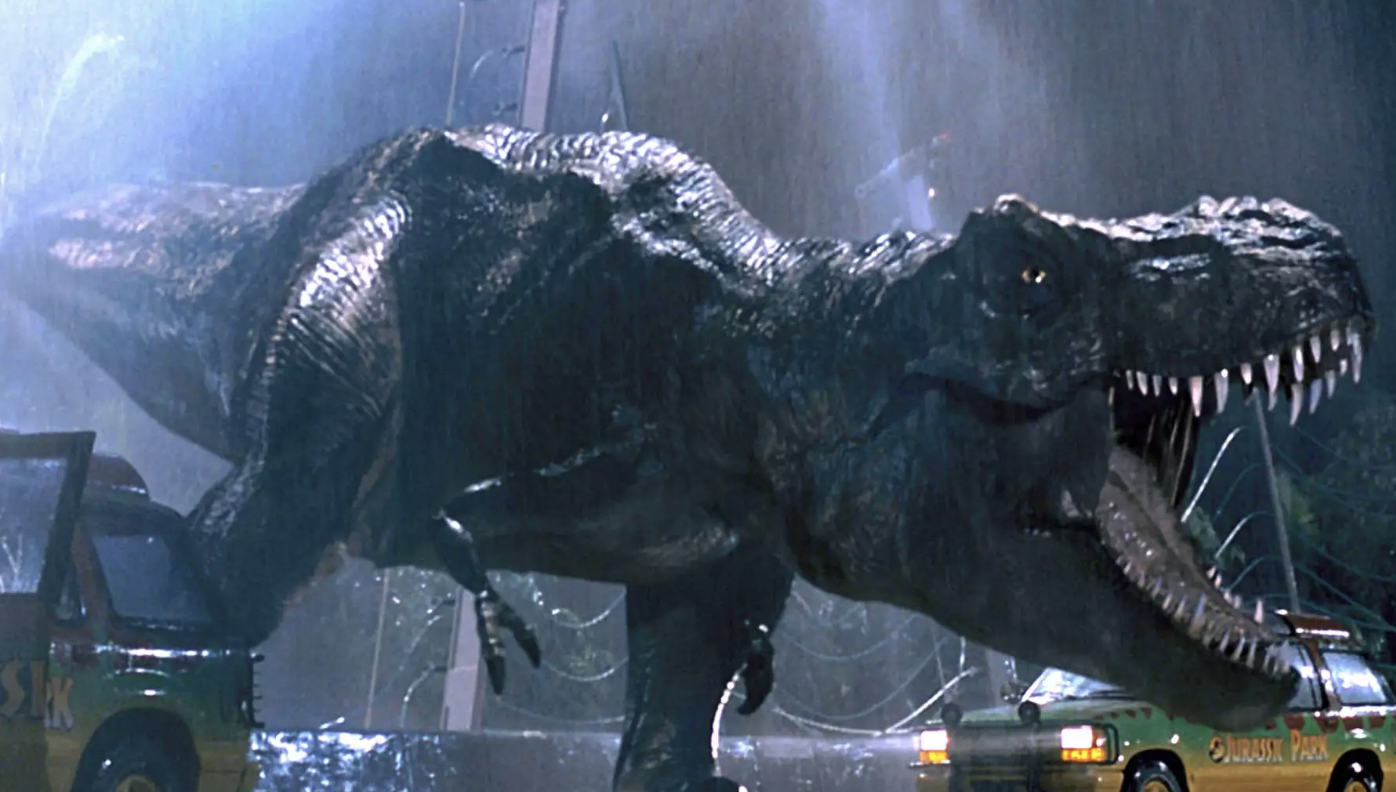
1993 blockbuster Jurassic Park is a lot of fun, but the novel it’s based on is actually an exploration of how unpredictably things can go wrong, based on the branch of mathematics known as chaos theory. The basic message that author Michael Crichton was trying to get across is, “if you mess with things you don’t fully understand, they can quickly get out of control in ways you could never have imagined.” Despite this ominous warning, scientists are getting extremely close to resurrecting extinct animals like the wooly mammoth.
TASERs were named after a novel from 1911

Tom Swift and his Electric Rifle, a novel from 1911, tells the story of a young inventor who rescues his friends from a savage tribe using a laser powered weapon. When nuclear physicist Jack Cover invented the first stun gun in the ’70s, he named the weapon after the book, with TASER standing for Tom A Swift’s Electric Rifle. TASERs have been adopted by police forces across the globe as a non-lethal means of subduing violent suspects.
Baba Vanga predicted flooding in Australia

Baba Vanga, the blind mystic renowned for her unnervingly accurate predictions, demonstrated her powers of foresight once again in 2022. Vanga (who died in 1996) made a number of forecasts for the year, including that Australia – a famously dry country – would experience catastrophic flooding. Sure enough, 2022 saw Australia experience some of its worst flooding in recorded history, with several cities ending up partially underwater.
The Hitchhiker’s Guide to the Galaxy predicted Wikipedia
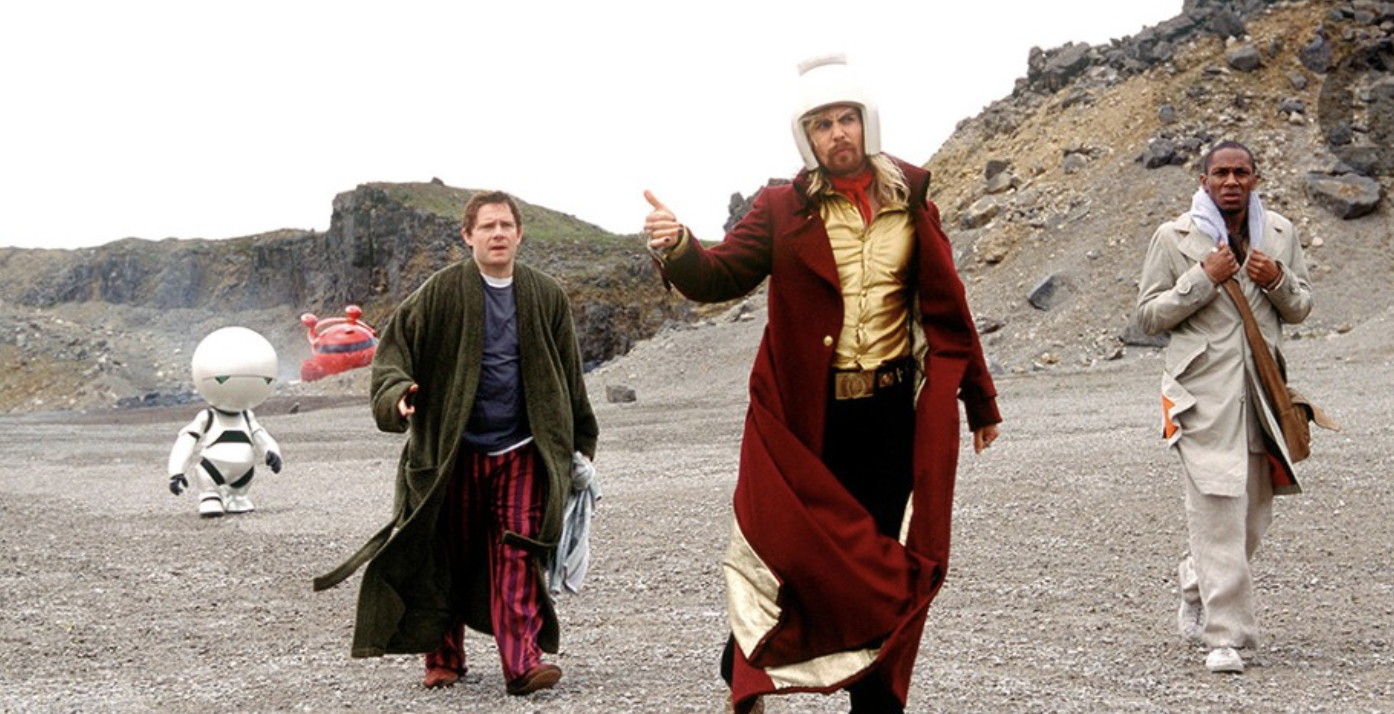
Originally starting as a comedy radio show, Douglas Adams’ The Hitchhiker’s Guide to the Galaxy has become one of the most beloved novels of the 20th century. The plot follows the exploits of Arthur Dent, the last surviving human, as he accompanies an alien writer working on the eponymous guide, which is essentially an open-source digital repository of knowledge about everything in the universe… in other words, Wikipedia.
Alexis de Tocqueville predicted the US and Russia would become rival superpowers
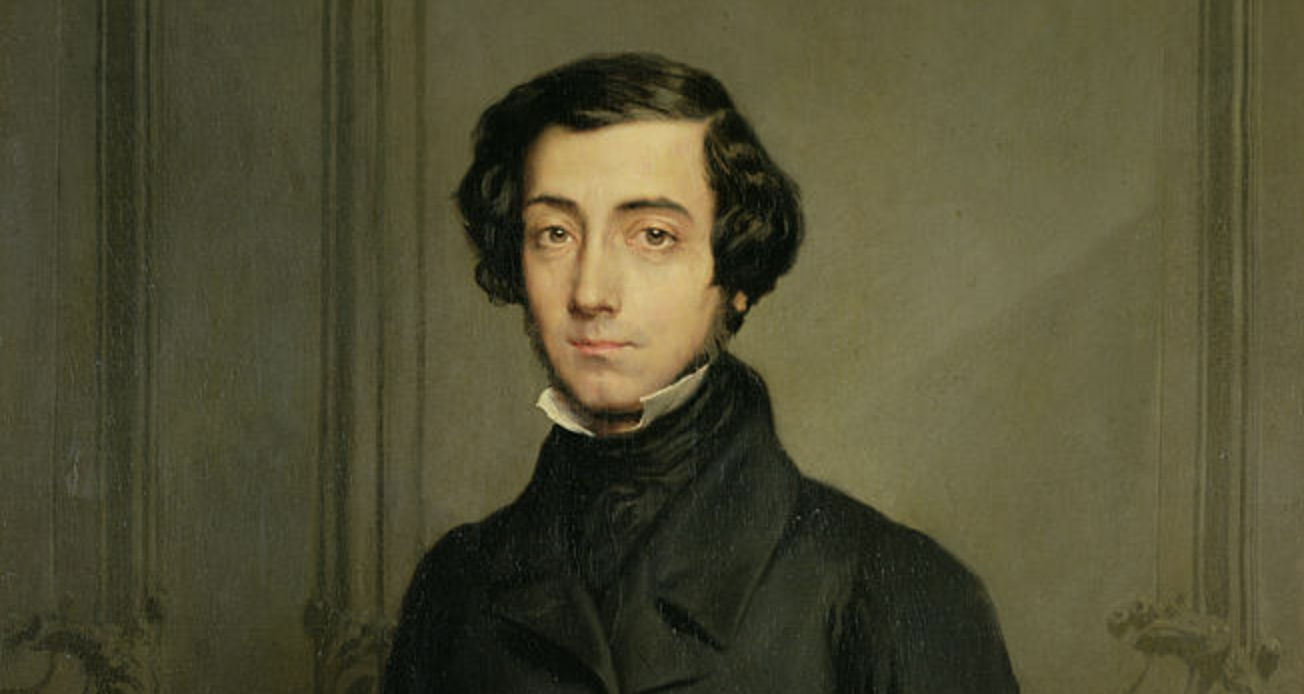
In 1835, French aristocrat and diplomat Alexis de Tocqueville predicted that the US and Russia would one day become rival superpowers. The forecast was made in de Tocqueville’s book Democracy in America, and it proved stunningly accurate. After The Second World War, the US and Russia became increasingly antagonistic, with tensions culminating in the nuclear arms race and a protracted Cold War.
A Victorian novel predicted catfishing and sexting
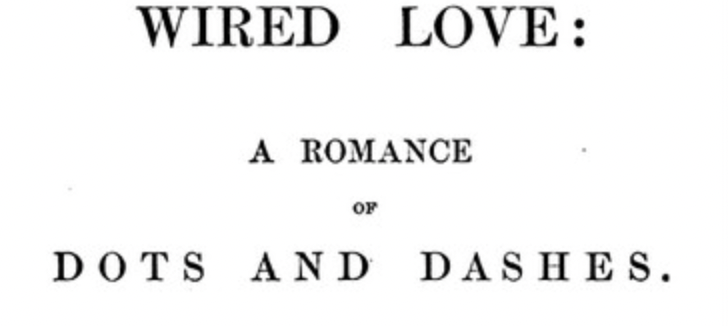
Wired Love: A Romance of Dots and Dashes, is a Victorian novel written in 1880 that tells the story of two telegraph operators who fall in love, despite having never met each other. Of course, one of the operators isn’t who they describe themselves to be – a phenomenon that would go on to become known in modern times as ‘catfishing.’ The novel also contains what is almost certainly the first incident of sexting in literature.
The Super Mario Bros movie predicted 9/11
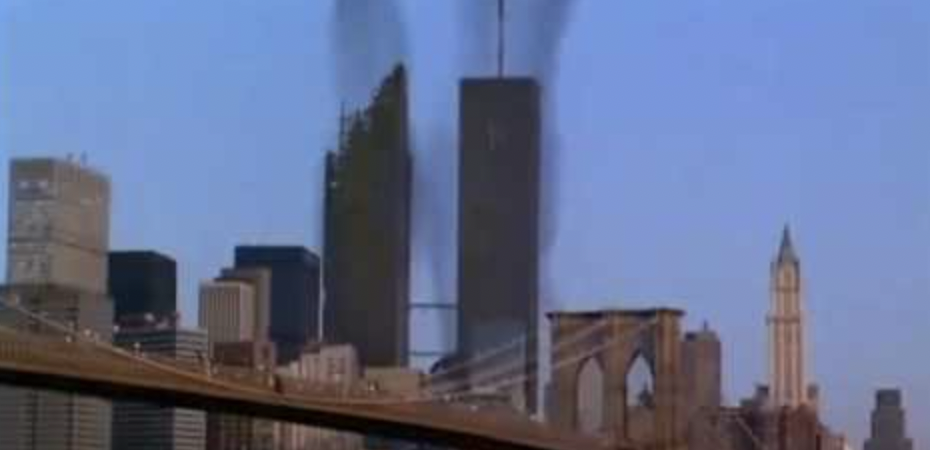
1993’s Super Mario Bros film has the distinction of being the first major movie based on a video game, and has attained an almost mythical status on account of how dreadful it is, as well as suffering a catastrophic production that saw actor Bob Hoskins stabbed no less than four times. However, the film also made a dark prediction. During the film’s climax, a shot of New York shows the Twin Towers damaged and smoking. Eight years after the film was released, this scene was made a harsh reality by the terrorist attacks of September 11th, 2001.
The Cable Guy predicted wi-fi and Bluetooth connectivity
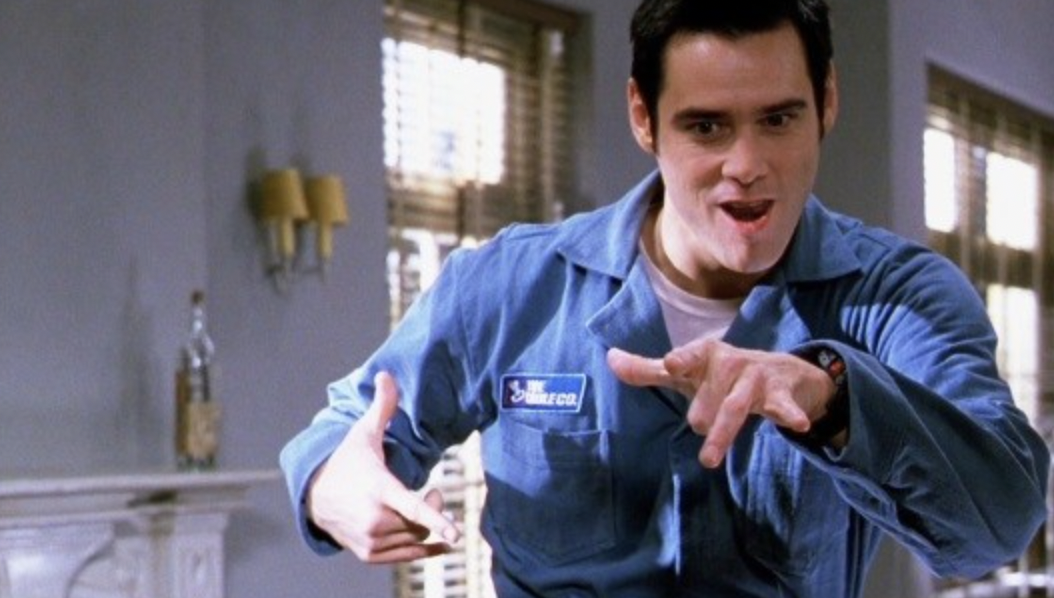
One of Jim Carey’s darker outings, The Cable Guy ends with a speech in which Chip, Carey’s unhinged character, essentially describes the way all of our digital devices now automatically connect to each other. Chip predicts that “soon, every American home will integrate their television, phone, and computer.” Despite being dangerously psychotic, Chip was absolutely right, and most of us now take for granted the synchronicity between our individual gadgets granted by wi-fi and Bluetooth.